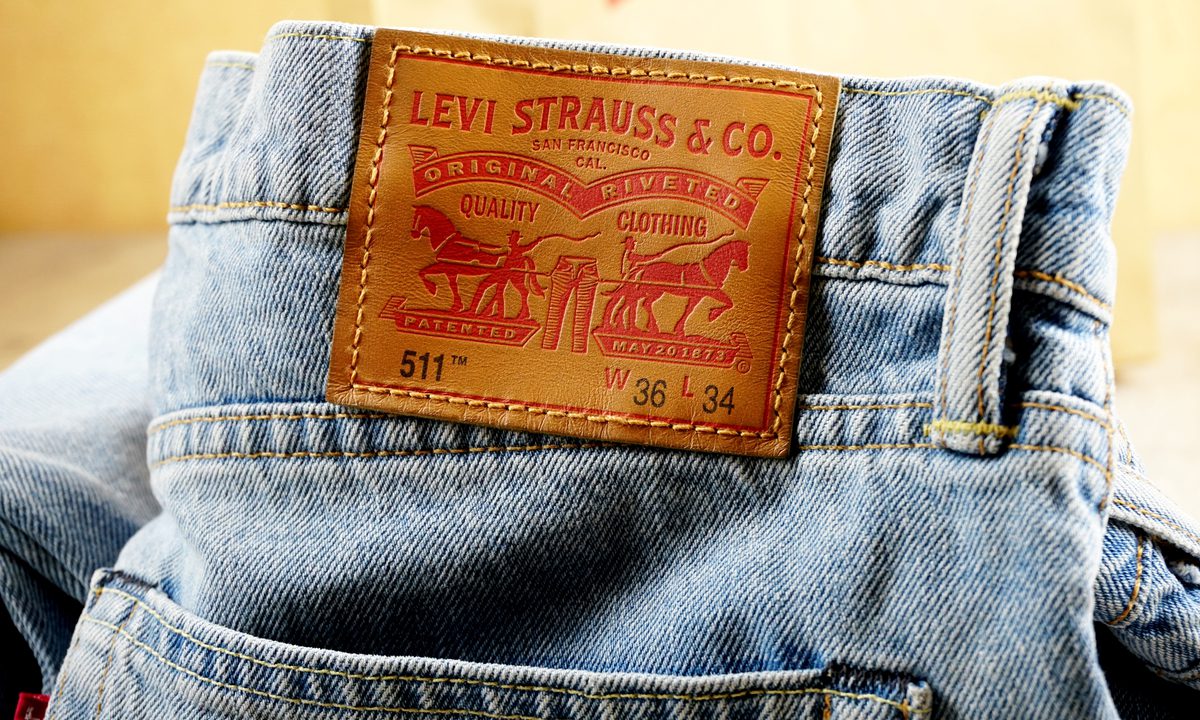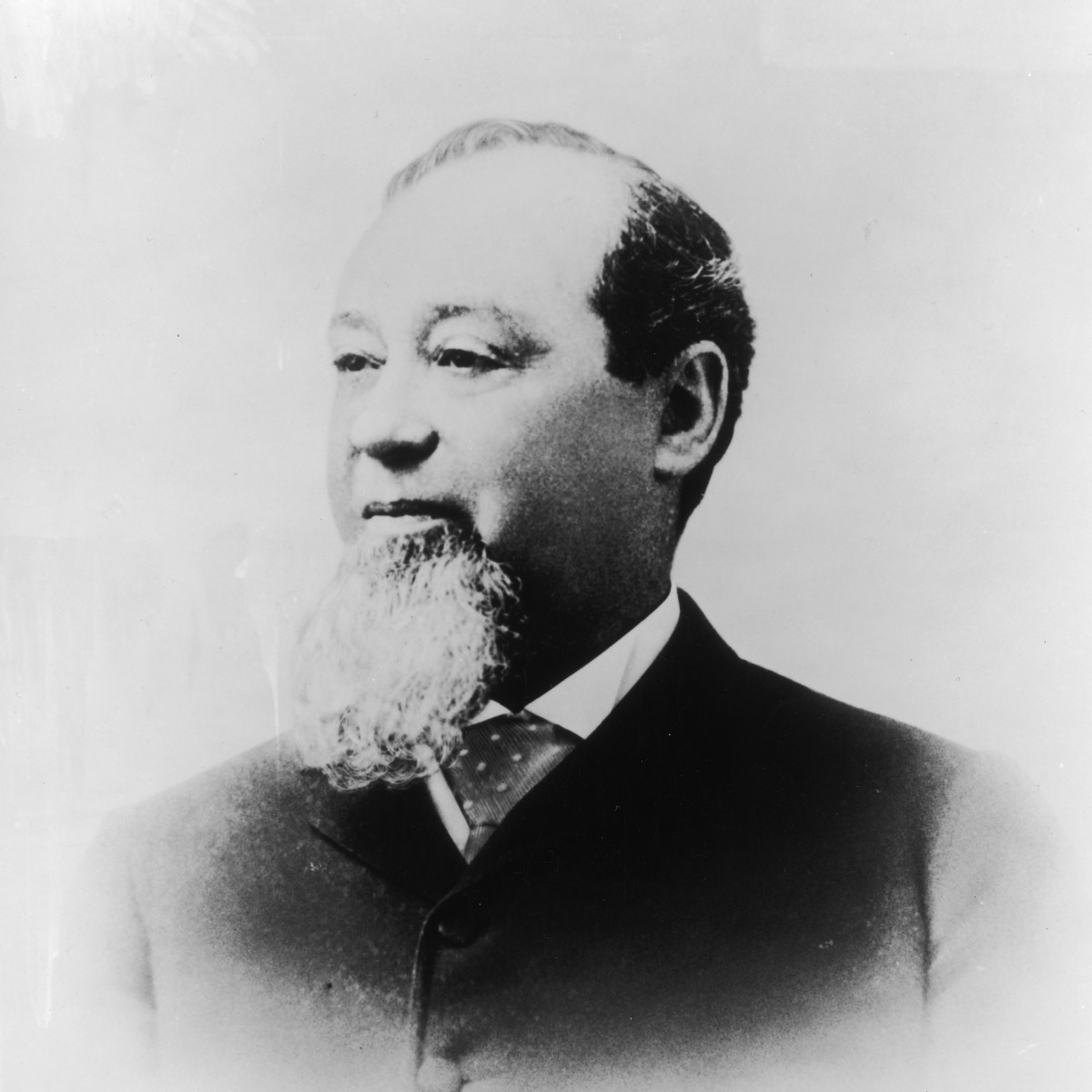Is there an inventor of the blue jeans?
Yes, there is! German-American (German-Jewish immigration) entrepreneur Levi Strauss… The jeans brand is known today as Levi's was also founded by him.

Levi Strauss was born on February 26, 1829, in Buttenheim, a town quite close to Nuremberg, Germany. His father was Hirsch Straus and his mother was Rebecca Haas Strauss. Levi Strauss' original name was Loeb. His father and mother died in 1846, two years apart from tuberculosis. Levi and his older sister Fanny emigrated to New York. There were his brothers, Jonas and Louis, and they were in the drapery business in New York. Young Loeb also learned the trade with his brothers, and from 1850 onwards, he began to be known as "Levi" by his circle.
He settled in California to search for gold
In 1848, a gold mine was discovered in the state of California. In this period, which is called the "California Gold Rush" period, Levi decided to settle in San Francisco in order to get a share of gold. However, he did not know how to mine gold. He became a US citizen in the first months of 1853 and traveled to the West America via the Panama Canal. In March 1853 he arrived in San Francisco, a bustling and noisy city. The “J. Strauss Brother & Co.” He started working as the California representative of a draping company. He started to sell imported fabrics, clothes and underwear to small stores. Mine hunters and their families who flocked to California at that time were buying the clothes sold in these stores.
Levi Strauss' first business address was 90 Sacramento Street. The name of the company was also Levi Strauss. This location was very close to the port in the 1850s. In this way, Levi Strauss could easily receive the goods sent by his brothers from New York. Later, he opened new stores at addresses 62, 63 and 65 of the same street. Both his reputation and commercial success were growing. David Stern, who married Levi Strauss' sister Fanny at that time, became a partner of Levi Strauss. In 1863, the company was renamed “Levi Strauss & Co.” was changed to. Most recently, the building numbered 14-16 on Battery Street became the address of the company and served here for 40 years.
Became one of San Francisco's famous
Levi Strauss was a hugely popular person in San Francisco in his mid-30s. He often appeared at the city's commercial and cultural events. He also actively supported the Jewish community in the city. He contributed greatly to the construction of the city's first synagogue, the Emanu-El Synagogue. Despite being such a famous and active person, his employees are Mr. He did not want him to say Strauss (Strauss Bey, Levi Bey, etc.), he demanded that he be called only Levi.
How were the first jeans invented? (May 20, 1873: Jeans birthday)
In 1872, a letter arrived from Jacob Davis, a Nevada tailor. Davis was a regular customer of Levi Strauss and bought fabric from him. In the letter, Jacos Davis was talking about a new type of trousers he made himself. He stated that he placed a metal rivet on the pocket corners and button points of the trousers, thus making the workers' trousers more durable. Jacob Davis wanted to patent this method, for which he was curious about Levi Strauss's idea. He even told Levi Strauss that they should take the patent jointly, so that they could split the cost of the patent. Levi Strauss was also impressed by this idea, and it was patented on May 20, 1873. This date is the birthday of the navy blue jeans we know today…
The first jeans were made by female tailors.
Knowing that there would be a high demand for these riveted trousers (the old name for jeans), Levi Strauss invited Jacob Davis to San Francisco and they started preparations to establish a factory together. In fact, the first jeans were produced by female tailors working at home. From the 1880s, Levi Strauss rented factory land and the factory was established. The famous 501 model jeans (they were called XX at the time) soon attracted a lot of attention. Upon this interest, models with different cuts began to be produced.
Levi Strauss continued to run other businesses during this period. He joined the board of directors of the San Francisco Chamber of Commerce in 1877. He is also the director of Nevada Bank; He was on the board of the Liverpool, London and Globe insurance company. In 1875, Levi Strauss and his two partners bought a wool mill called Mission & Pacific Woolen Mills. The fabrics produced here were also used in the production of Levis brand jeans and jackets.
Levi Strauss was a very philanthropic person
Levi Strauss was a philanthropist as well as a businessman. He made generous donations to the Pacific Jewish orphanage, the Eureka Charitable Foundation. In 1895, he also made significant donations to build the railroad between San Francisco and the San Joaquin Valley. However, this railway project failed.
In the late 1800s, Levi Strauss was still personally involved in the day-to-day business of his company. When his partner at the time, David Stern, passed away, his children and Levi's own nephews joined the company. In 1890, the XX jeans model was named 501. Levi's nephews also became partners in the company. In other words, Levis became a joint stock company.
His death…
Levi Strauss stated that he was not feeling well, but attended the family dinner on September 26. He died silently the night of this meal. On the day of his funeral, the shops in San Francisco were closed and all tradesmen attended the funeral. A speech was given in front of his house by Jacob Voorsanger, rabbi of the Emanu-El Synagogue, to which Levi Strauss made generous donations. Levi's employees walked beside his coffin, and Levi Strauss was interred in the Hills of Eternity cemetery in San Francisco.
Levi Strauss is thought to have a fortune of $56 million at the time of his death. Much of this wealth was distributed to his heirs, his nephews and family members. Institutions such as the synagogue, charitable association and orphanage that Strauss donated also received a share from this wealth.
The news of Levi Strauss's death in the San Francisco Call newspaper said about him:
“His fairness towards his business partners and customers, and his liberal approach to his employees was unprecedented.”
On April 18, 1906, a great earthquake and fire occurred in San Francisco. Although the Levi Strauss & Co headquarters and factory withstood the earthquake, it was destroyed by fire. Due to the fire that lasted for 3 days, all the goods and files in the factory were destroyed.
This was undoubtedly unfortunate, but it did not cause the company to go bankrupt. After the fire was out, the Stern brothers and Strauss' nephews immediately began preparing to build a new factory. Because that's exactly what their uncle Levi Strauss would have done. Even under these conditions, they did not delay the salaries of their employees and did not victimize the traders from whom they bought raw materials.
Despite all this, Levi Strauss & Co, standing tall since the 1880s, continues to produce the best quality trousers on the market even today.

